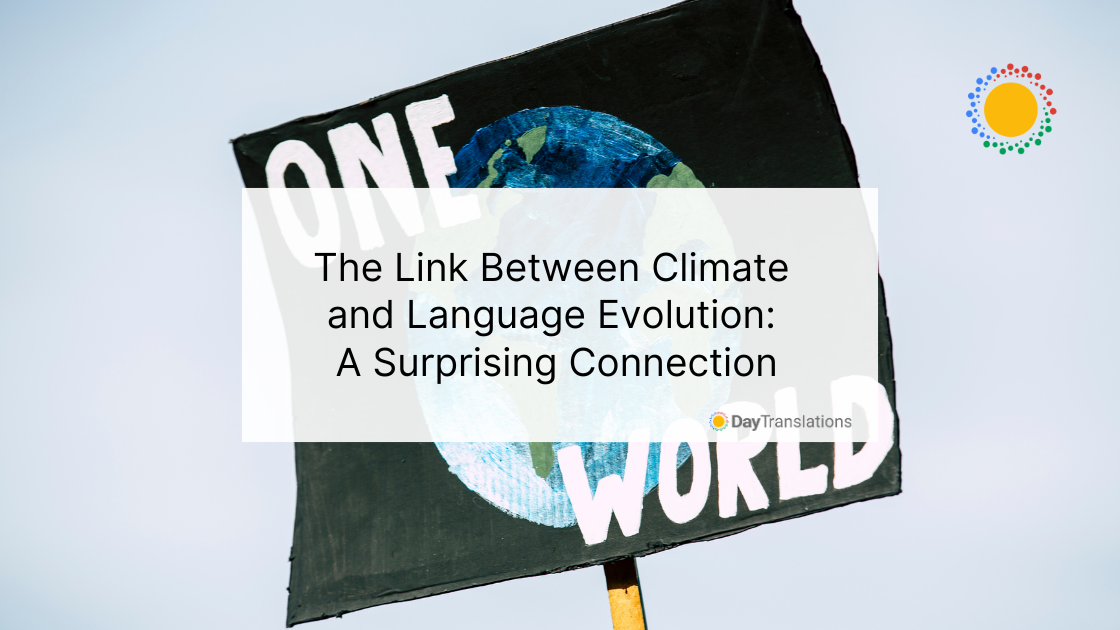Video games have become a worldwide passion, connecting people across countries and cultures. But what makes these games so universally appealing? A huge part of this success is due to localization. Localization, in the world of video games, is all about adapting games to suit the language, culture, and customs of people in different regions. So, why does localization for the video game industry matter so much? Let’s dive in and explore the many reasons localization is essential for the video game industry.
What Is Video Game Localization?
Game localization goes beyond just translating the text into another language. It involves modifying many aspects of a game to make it feel native and familiar to players from different backgrounds. Localization can include translating dialogue and instructions, changing in-game graphics, adapting cultural references, and even adjusting storylines to better match the expectations and customs of a local audience. A well-localized game doesn’t feel like a “foreign” game with translated text; it feels like it was made especially for each player, no matter where they are in the world.
Example of Localization in the Video Game Industry
Consider a popular game like Pokémon. While the main characters and story stay the same, the names of Pokémon, attacks, and locations are often changed to fit each country’s language and culture. For instance, “Pikachu” sounds cute and fitting in almost any language, but some of Pikachu’s moves have been renamed and adjusted so they sound just as fun and engaging in different countries. Without these adjustments, Pokémon might not be as successful globally as it is today.
Why Is Localization for the Video Game Industry Key?
Reaching a Wider Audience
One of the most significant reasons video game developers invest in localization is to reach a broader audience. Imagine if a game were only available in Japanese or English—it would limit the game’s potential audience. By localizing games into multiple languages like French, Spanish, German, or Chinese, game companies can share their creations with millions of additional players around the world.
According to industry statistics, about 60% of the revenue in the global video game industry comes from non-English-speaking countries. This figure alone highlights how important localization is for game companies aiming to maximize their audience and sales.
Creating a Better Player Experience
Localization isn’t just about sales; it’s also about giving players the best experience possible. When players can fully understand and connect with a game, they are more likely to enjoy it. Imagine trying to play a game where the instructions, storyline, and dialogues are all in a language you don’t understand. It would feel confusing, right? A well-localized game allows players to focus on the action and fun rather than trying to translate words in their heads. This deeper connection makes players feel like they’re truly a part of the game’s world.
Avoiding Cultural Mistakes
Cultural differences can be tricky. What’s considered funny or cool in one country might not work in another. Without proper localization, games risk including content that might be misunderstood or even offensive in certain cultures. Localization experts make sure a game’s content respects and appeals to each target culture. This process can involve changing jokes, symbols, or even story elements to make sure they are appropriate for everyone.
One famous example is the game Animal Crossing: New Horizons. In Japan, the game had specific events and items for holidays like “Children’s Day” and “Setsubun.” However, these holidays aren’t widely recognized in other countries, so the game was adjusted to include more familiar events, such as Halloween or Thanksgiving, for Western players.
How Does Localization Work?
Translation and Adaptation
The first step in localization is translating the text into the target language. But it’s not as simple as using a translation app. Translators must understand the game’s storyline, characters, and style to keep the game’s original feel. For example, a joke that’s funny in English may not make sense in another language. So, translators often create new jokes or phrasing that match the original intent.
Voice Acting and Audio Adjustments
In many games, characters speak to each other. Localization teams sometimes hire voice actors who speak the target language to make the conversations sound natural. They also adjust the audio to match the length of spoken lines, so the dialogue lines up with the character animations on screen.
Adapting Visuals and User Interface
Sometimes, games include words in the background, such as on signs or menus. These need to be translated as well, so players can easily read them. The design of the game’s interface might also need adjustments. For instance, some languages, like Arabic, are read from right to left, which can affect the layout of text and menus.
Testing and Quality Control
After a game has been translated and adapted, it goes through a testing phase. Testers play the localized version to make sure everything works as intended and that the language feels natural. They look for bugs, mistranslations, and anything that might look or feel off. Quality control is crucial to make sure the localized game is just as fun as the original.
The Challenges of Localization
Localization sounds great, but it’s not always easy. Every language and culture is different, and game developers face many challenges when trying to create a seamless experience for players worldwide. Some of these challenges include:
- Time and Cost: Localization can be a lengthy and costly process. Translating and adapting a game for multiple languages requires a team of skilled professionals.
- Technical Issues: Some games have complex coding that can make it hard to add or change languages.
- Staying True to the Original: It’s important for the localized game to stay true to the original story, tone, and experience. Changing too much could make the game feel different from the creator’s vision.
Localization for the Video Game Industry Matters More Than Ever
As video games continue to grow globally, localization has become a must-have for game developers and publishers. It’s not just about making more money; it’s about making sure every player can fully enjoy the game, no matter where they’re from. Localization creates bridges across cultures, allowing everyone to share in the fun, excitement, and creativity that video games offer. By embracing localization, the video game industry can keep growing and connecting people from all around the world.
So, next time you play a game in your language, take a moment to appreciate the effort that went into making it feel just right for you!











